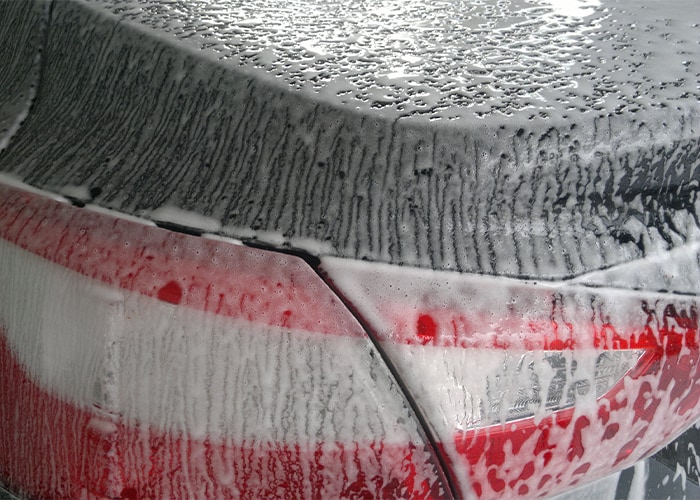DIY Car Care
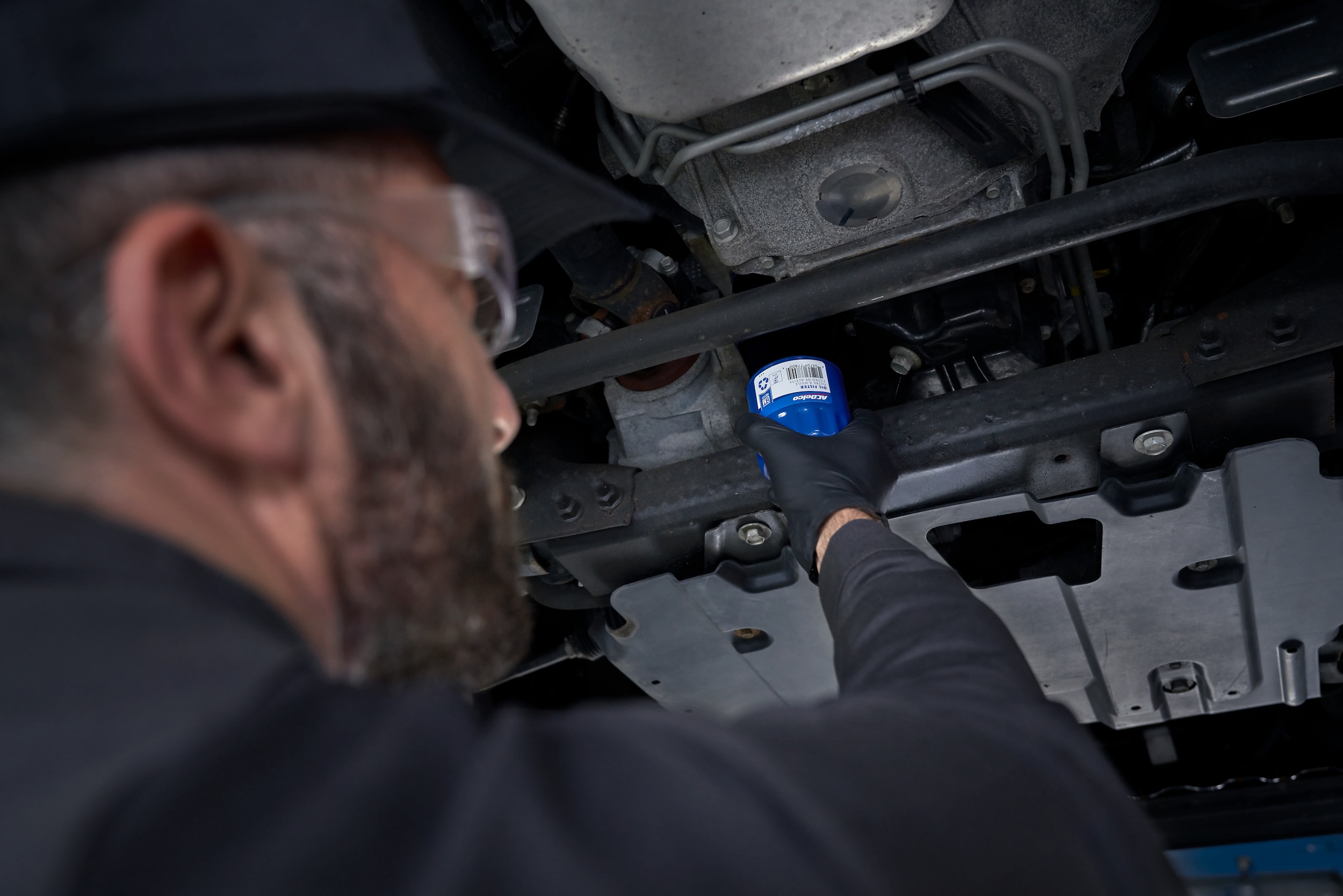
How To Change the Engine Oil
Knowing how to change the engine oil in your vehicle is an incredibly valuable skill. It's not very complicated and requires very few parts and tools. The oil change is the most important maintenance item for vehicles that burn gas, and all vehicles require regular oil changes to protect the engine from excess wear and tear. Depending on the model, modern vehicles need an oil change about once a year or every 6,000 to 10,000 miles. Here is what you will need to change your own oil:
- Engine oil approved for your vehicle - About 4.5 to 6 quarts
- Replacement oil filter rated for your vehicle
- Funnel - helps avoid spills when refilling the engine oil reservoir
- Rubber gloves
- Oil Filter Wrench
- A drain pan or bucket to catch oil
- A hoist, jack stand, or ramp to provide easy access underneath your vehicle
- Screwdriver or wrench to remove the undertray
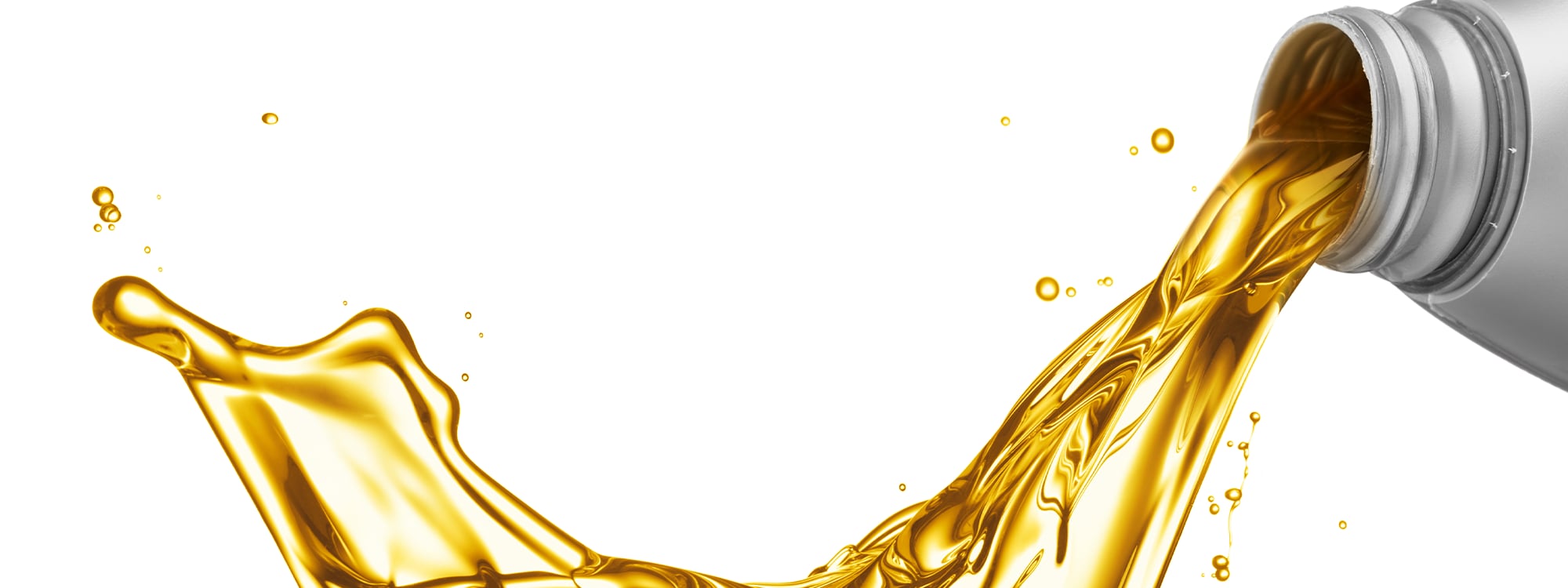
How to Change the Oil Step-By-Step
- Safely lift your vehicle using a hoist, jack stand, or ramp.
- Remove the undertray with a wrench or screwdriver if needed.
- Place the oil pan or bucket and remove the drain plug. Oil will begin to drain immediately. Be sure to keep the drain plug in a safe place; you'll need to reinstall it.
- Loosen the oil filter with the oil filter wrench. Oil will start leaking from the top, so wait for it to slow down, then carefully remove the filter and gasket.
- Allow the oil to drain completely. This should take about 5 minutes.
- Replace the drain plug.
- Swipe some engine oil around the new gasket and screw in the new oil filter. It should be snug but not too tight - avoid over-wrenching.
- Lower your car and refill the engine oil reservoir under the hood with engine oil rated for your vehicle.
- Let the oil settle and check the levels with the dipstick.
- Run the engine for a few minutes to let the new oil circulate.
- Safely discard the old engine oil following local disposal guidance.

Choosing the Right Engine Oil
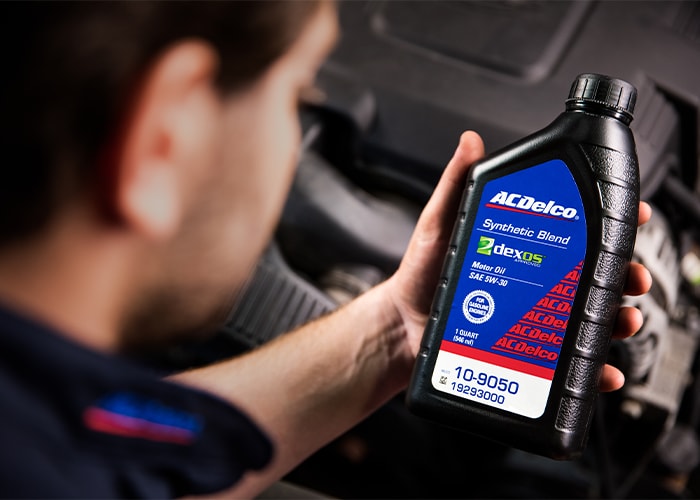
Choosing the right engine oil will help you go longer between oil changes and protect critical components. You can find the recommended oil formulation in the owner's manual, but there are different types to choose from:
- Conventional: The cheapest engine oil type, great for older vehicles or those with simple engine designs.
- Synthetic: A chemically engineered engine oil specifically formulated for superb longevity and performance. It resists impurities and lasts longer than conventional oil.
- Synthetic Blend: A cost-effective way to enjoy the benefits of synthetic motor oil and low-temperature performance.
- High Mileage: Specifically formulated for older vehicles or newer vehicles with more than 75,000 miles - it helps reduce oil leaks and burn-off.
Changing the Windshield Wiper Blades
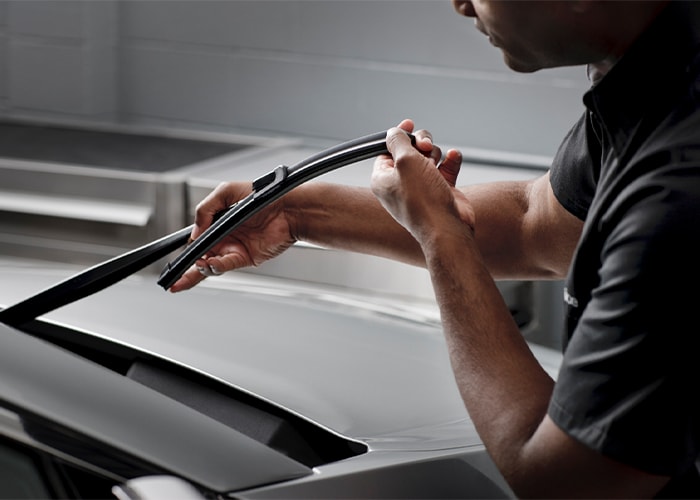
Most vehicles will need a windshield wiper blade replacement about once a year or whenever you notice streaking or physical damage. You can purchase new windshield wiper blades in our Parts Department and change out the blade in just a few easy steps:
- Measure your wiper blades to find the right sizes, or check the owner's manual for the right wiper blade size.
- Lift the wiper arm off the windshield.
- Press the locking button or mechanism to undo the latch. There are three basic types of wiper blade installation mechanisms: hook-mount, clip-on, or pin-mount.
- Pull the wiper blade off the arm.
- Slide the new wiper blade onto the arm and lock the mechanism into place.
- Gently lower the wiper arm onto the windshield glass.
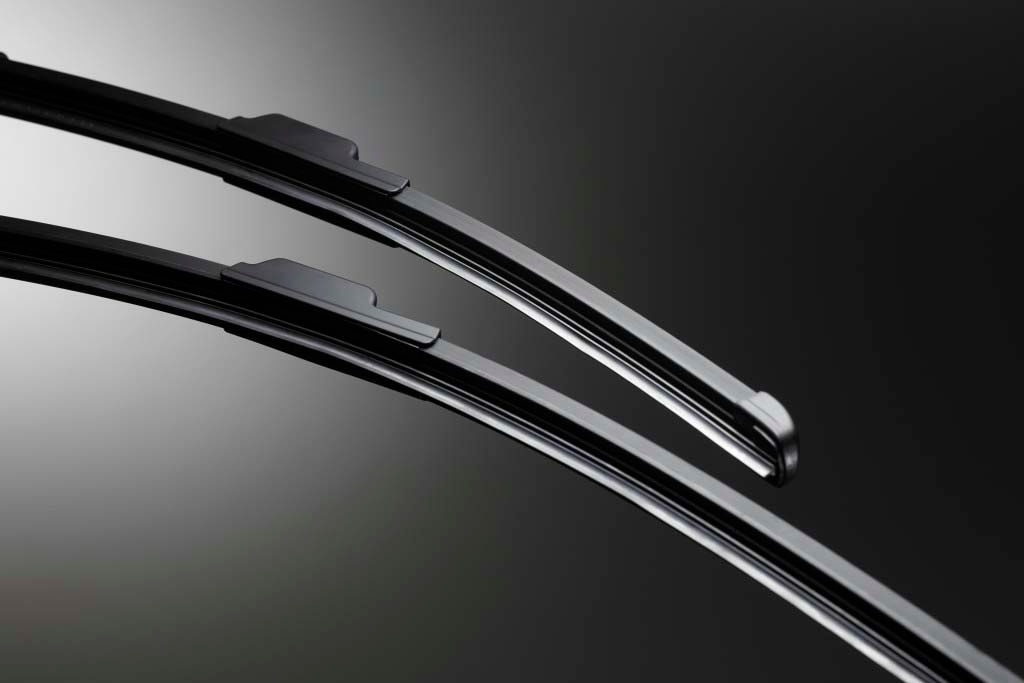
Choosing the Right Windshield Wiper Blades
Not only do you need to choose the right size and mounting style for your vehicle, but there are also different types of blades to consider for different driving situations and weather conditions:
- Conventional: Squeegee style, these blades are durable and long-lasting.
- Beam: Hugs the glass, has a sleek appearance, and is made from silicone or rubber. Considered the new standard.
- Hybrid: Flexes to create a custom fit for your glass, aerodynamic, and work well in all weather conditions.
- Winter Wipers: A hybrid blade with a protective rubber shell tough enough to withstand heavy snow and ice.

Other Basic Car Maintenance Tasks You Can DIY
Here are some more basic car care maintenance tasks you can do yourself with no experience or special tools:
- Inspect the car battery and clean corrosion off the terminals
- Change the engine air filter
- Wash your vehicle and touch up any chips or scrapes
- Top off fluids, including engine oil, coolant, brake fluid, power steering fluid, and the windshield washer fluid
- Maintain tire pressure by refilling low tires with an air pump.
Get all the parts and accessories you need to keep up with basic car care in the Parts Center at Thomas Buick GMC!
-
Thomas Johnstown Buick GMC
750 EISENHOWER BLVD
JOHNSTOWN, PA 15904
- Sales: (814) 999-6217
